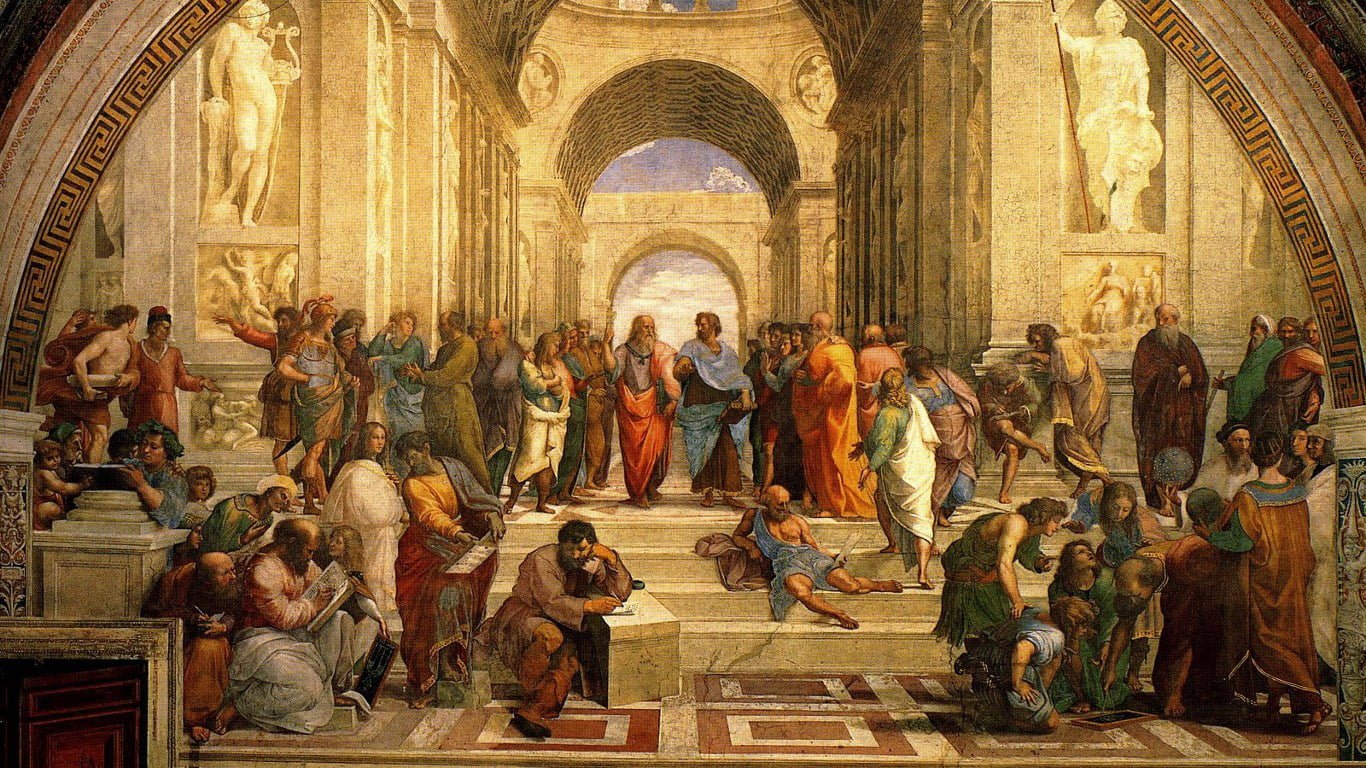The Masonic Monthly 1864
AT the summit of Ancient Free and Accepted Masonry
stands the third, or Master Mason’s Degree. There is no
higher degree, legitimately so called. – Whatever other
degrees, styled Masonic, the ingenuity of man may have
invented, they can lay no claim to superiority over the third or
Master Mason’s Degree conferred in the Blue Lodge. None
of them can compare with it for antiquity or universality. The
numerous additions which have been made to the body of
Freemasonry on this continent and in some European
countries, are comparatively modern institutions, and are
only Masonic by virtue of their association with and
foundation on the Master Mason’s Lodge. They are merely
so many wheels within a wheel; are simply the keys which
give admission from one association of Master Masons into
other and interior. associations of Master Masons.
Whatever of ancient Masonry may be met with in the
Chapter, there is abundant evidence that it has been sep-
arated, perhaps unwisely, from symbolic Masonry. The
Encampments of the Knightly Degrees, the societies working
under the Scottish Rite, the Rite of Mizraim, of Memphis, or
by whatever other name these degree systems may be
known, add nothing to Freemasonry pure and simple. They
give it no direct support. They grow up along side of the
Masonic Institution, deriving nourishment from it, are
essentially parasitical, and too frequently, the undue
importance they have assumed, and the dissensions they
have created and fostered have well nigh sapped the life
from large branches of the parent stem. They may contain
much to please the fancy, or supply the reasonable want of
many minds, much which maybe adapted to certain localities
or to the cherished notions or opinions of certain classes of
men embraced within the folds of the Masonic Fraternity, but
not one of these systems is calculated to attain to that
universality to which Freemasonry proper aspires. They are
in no particular adapted to the whole, but only to portions of
the great human family, and are incapable themselves of
fulfilling the entire mission of Masonry on earth. In fact they
make no pretense of possessing that distinctive attribute of
Freemasonry – universality.
Such Masons as wish to see the religious element more
distinctly displayed than in the symbolic lodges find their
desire gratified in the Royal Arch system. Those who are
pleased with the semi-military constitution, and chivalric
features of the Encampment will find all they seek in the
Orders of Masonic Knighthood. Such again as desire to
investigate the Apocrypha of Ancient Accepted Masonry,
and the distinctions of high degrees may realize their aspir-
ations in the Lodge of Perfection and the Consistory. While
those who have Coptic predilections, may find mystery
sufficient in the mystic chambers where the Memphisian rites
are practised. – Still the only conclusion to which the
thoughtful Freemason can arrive is, that in the foremost rank
of true Freemasonry stands the third, or Master Mason’s
Degree, and that all which is essential in the system may be
found within the Blue Lodge.
Formerly lodges consisted entirely of Masons of the second,
or Fellow Craft’s degree. In process of time the Apprentice’s
degree was introduced as probationary for applicants for
fellowship in the Order, and preparatory therefor. The pillars
of Wisdom and Strength being thus already represented; the
degree of Master Mason, representing the pillar of Beauty,
and combining in itself the marks of Wisdom and Strength,
was introduced to complete the structure.
As the Entered Apprentice represents youth, and the Fellow
Craft manhood, so the Master Mason is representative of
age, with its ripened experience and mellowness. The third
degree also symbolizes Hiram Abiff, “the widow’s son,” the
Architect and beautifyer of the Temple, who fills so important
a space in the legend of Masonry; and also the third or
principal round of the theological ladder, Faith, Hope and
Charity – “but the greatest of these is Charity, for Faith may
be lost in sight, Hope ends in fruition, but Charity extends
beyond the grave, to the boundless realms of eternity.”
The Master Mason’s degree is the cap-stone of our system,
and the completion of the Royal Arch. Hence the implement
of our Craft more particularly adopted as a jewel of the third
degree, is the Trowel, which is used by “operative Masons to
spread the cement which unites the building into one
common mass; but we, as Free and Accepted Masons, are
taught to use it for the more noble and glorious purpose of
spreading the cement of brotherly love and affection – that
cement which unites us into one sacred band, or society of
friends and brothers, among whom no contention should
ever exist, save that noble contention, or rather emulation, of
who best can work and best agree.”
In the Entered Apprentice’s degree the foundation of a
Masonic life is laid in morality; in the degree of Fellow Craft
the system is made conformable to the teachings and
influences of speculative science; while in the blaster
Mason’s degree, the lessons of morality and science are
combined in a perfected system, which is nearly akin to, if
not religion itself.
There is Freedom among the Apprentices, Equality among
the Craft, and Fraternity among Master Masons, – Fraternity
which will yet prove the great healer of the many ills to which
Humanity is heir. As Master Masons let us therefore stand
erect, fully conscious of the high dignity of our calling, and
impressed with the lofty and generous mission of
Freemasonry, let us take up the various implements of our
Craft and faithfully ply our vocation.
POTS
The prosperity of Masonry as a means of strengthening our religion and
propagating true brotherly love, is one of the dearest wishes of my heart,
which, I trust, will be gratified by the help of the Grand Architect of the
Universe. CHRISTIAN, KING OF DENMARK.
